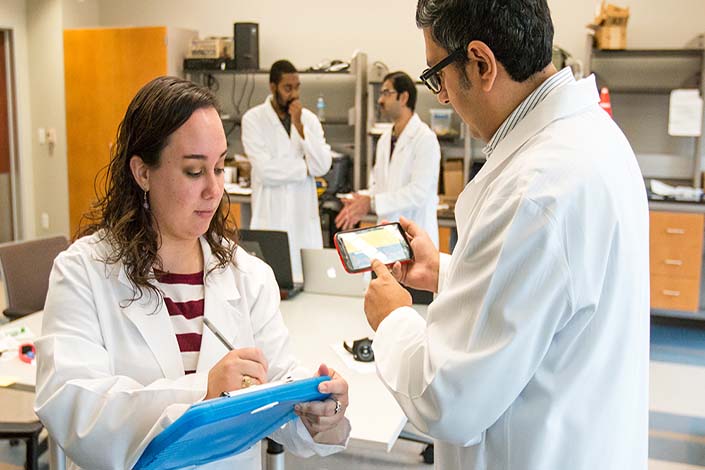Designing for calm: How building features impact veterans with PTSD

The built environment, where someone lives (private) or works (public), influences a person’s daily life and can help, or hinder, their mental health. This is especially true for those with mental health conditions, such as PTSD, or post-traumatic stress disorder.
Researchers in the Wm Michael Barnes ’64 Department of Industrial and Systems Engineering at Texas A&M University are working to determine which elements of built environments affect veterans with PTSD the most, and how they can be altered to help veterans thrive.
“We have already established collaborations with veteran support groups to develop veteran-centered tools for monitoring and self-management of PTSD,” said Farzan Sasangohar, assistant professor and principal investigator of the project. “Through interactions with hundreds of veterans diagnosed with PTSD, we realized the need to also investigate the context in which these tools are used and became interested in the design of built environments.”
The researchers looked at three themes: architectural design features, interior design features and ambient features. As part of the project researchers interviewed veterans with PTSD about their triggers in public and private spaces. From their interviews the researchers categorized and provided suggestions for each theme area that would provide the greatest positive impact for veterans.
“Alarmingly, we learned there is a general gap in built environments’ design guidelines for mental health habitants in general, and PTSD patients in particular, so we leveraged our wide network of veterans to study their preferences,” Sasangohar said.

